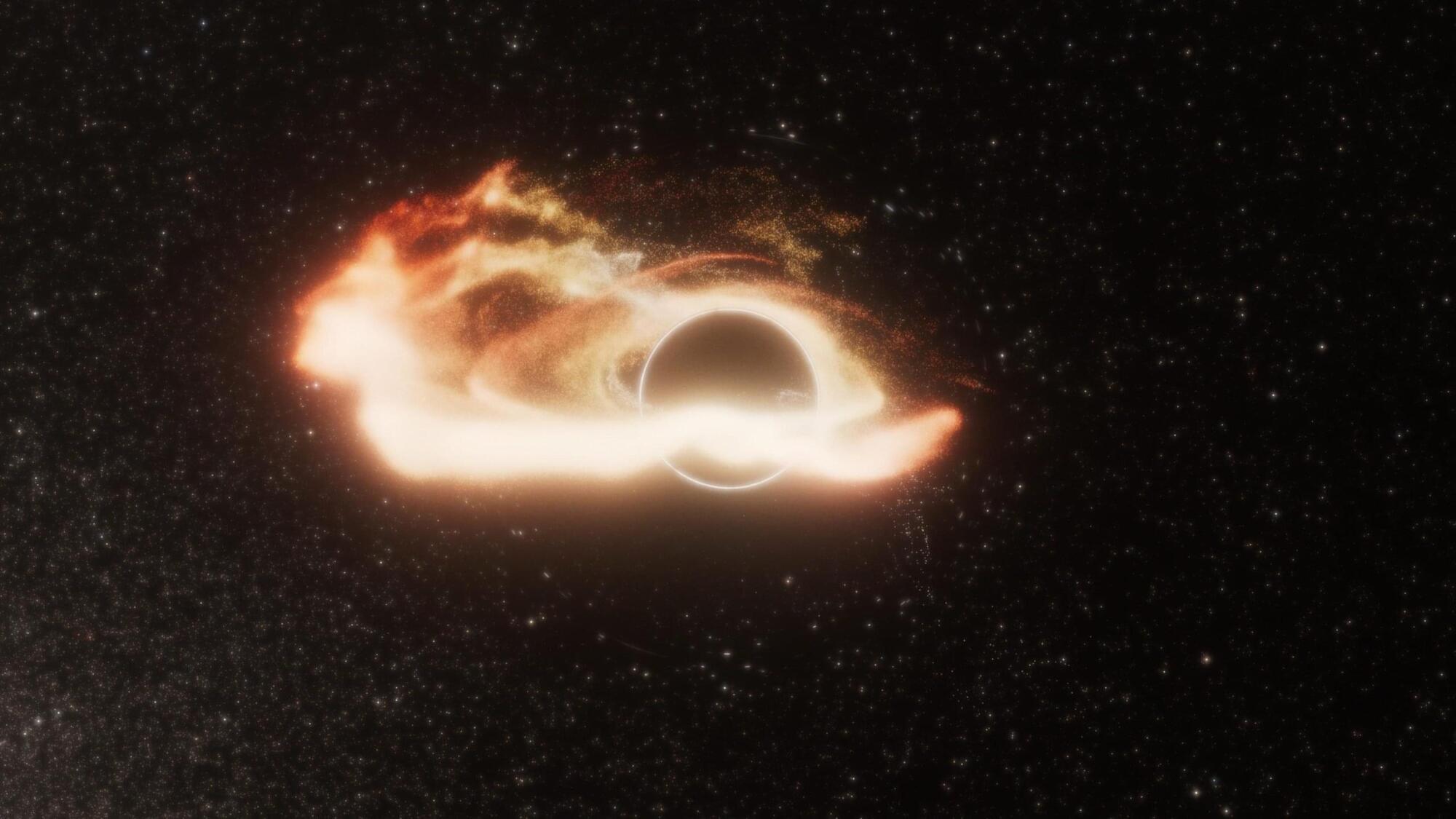A new kind of stellar explosion, far brighter and longer-lasting than supernovae, may help scientists explore the secrets of ancient black holes. These rare “extreme nuclear transients” are reshaping our understanding of cosmic evolution.


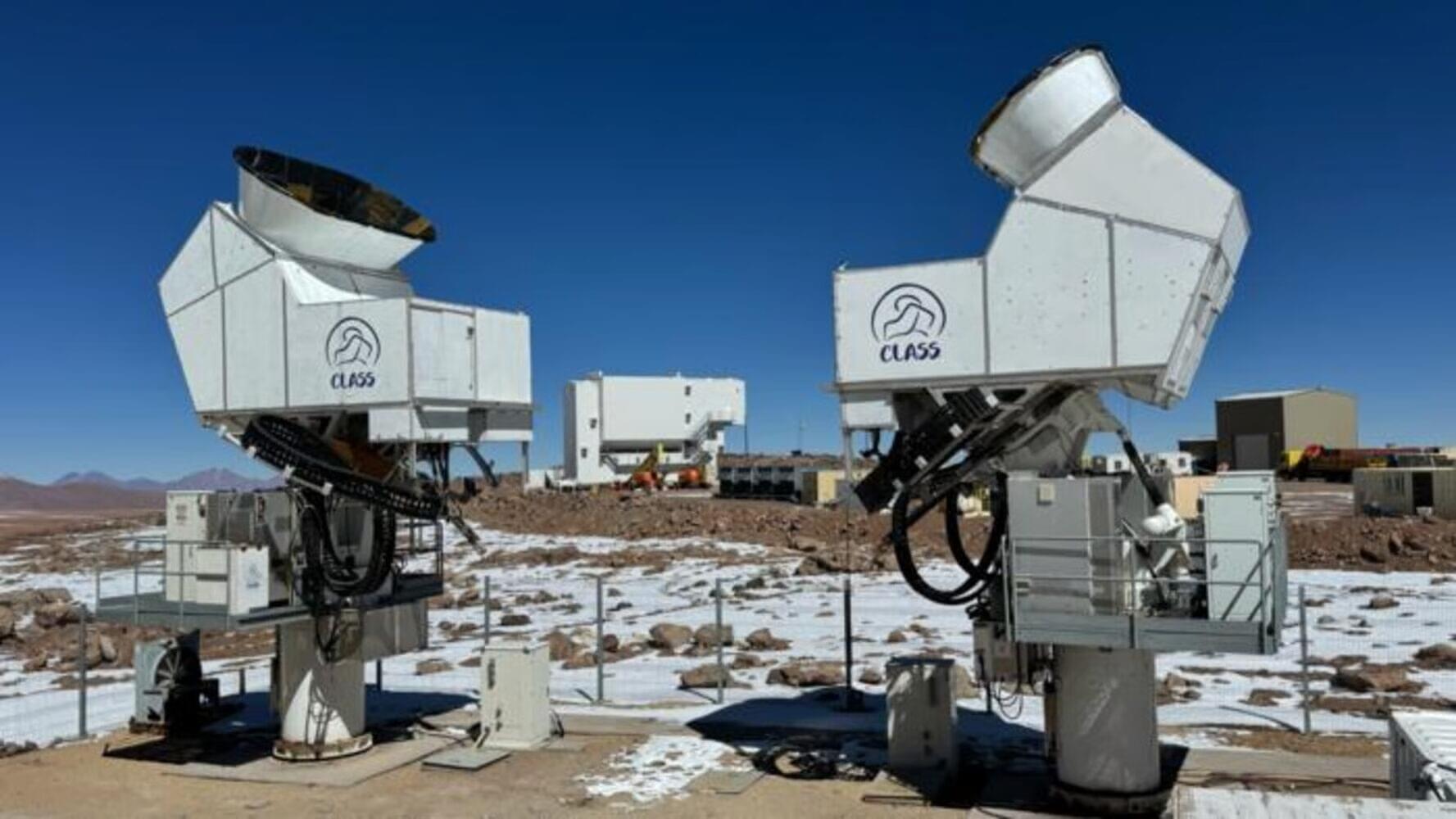
Small telescopes in Chile are first on Earth to cut through the cosmic noise. For the first time, scientists have used Earth-based telescopes to look back over 13 billion years to see how the first stars in the universe affect light emitted from the Big Bang.
Using telescopes high in the Andes mountains of northern Chile, astrophysicists have measured this polarized microwave light to create a clearer picture of one of the least understood epochs in the history of the universe, the Cosmic Dawn.
“People thought this couldn’t be done from the ground. Astronomy is a technology-limited field, and microwave signals from the Cosmic Dawn are famously difficult to measure,” said Tobias Marriage, project leader and a Johns Hopkins professor of physics and astronomy. “Ground-based observations face additional challenges compared to space. Overcoming those obstacles makes this measurement a significant achievement.”
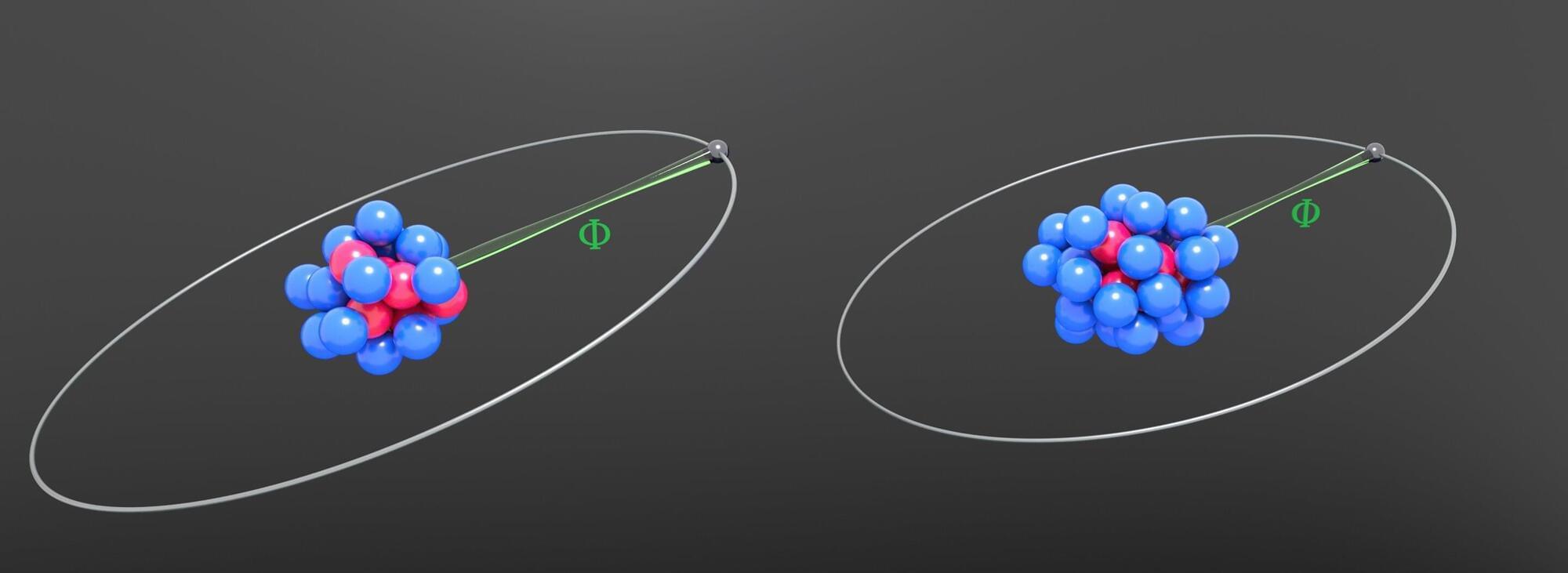
While the Standard Model ℠ describes all known fundamental particles and many of the interactions between them, it fails to explain dark matter, dark energy and the apparent asymmetry between matter and antimatter in the universe. Over the past decades, physicists have thus introduced various frameworks and methods to study physics beyond the SM, one of which is known as the King plot.
The King plot is a graphical technique used to analyze isotope shifts, variations in the energy levels of different isotopes (e.g., atoms of the same element that contain a different number of neutrons). This graphical tool has proved promising for separating effects explained by the SM from signals linked to new physics.
Researchers at Physikalisch-Technische Bundesanstalt, Max Planck Institute for Nuclear Physics, and ETH Zurich recently collected new measurements that tightened King plot-based constraints on the properties of a hypothetical particle that has not yet been observed, known as a Yukawa-type boson.
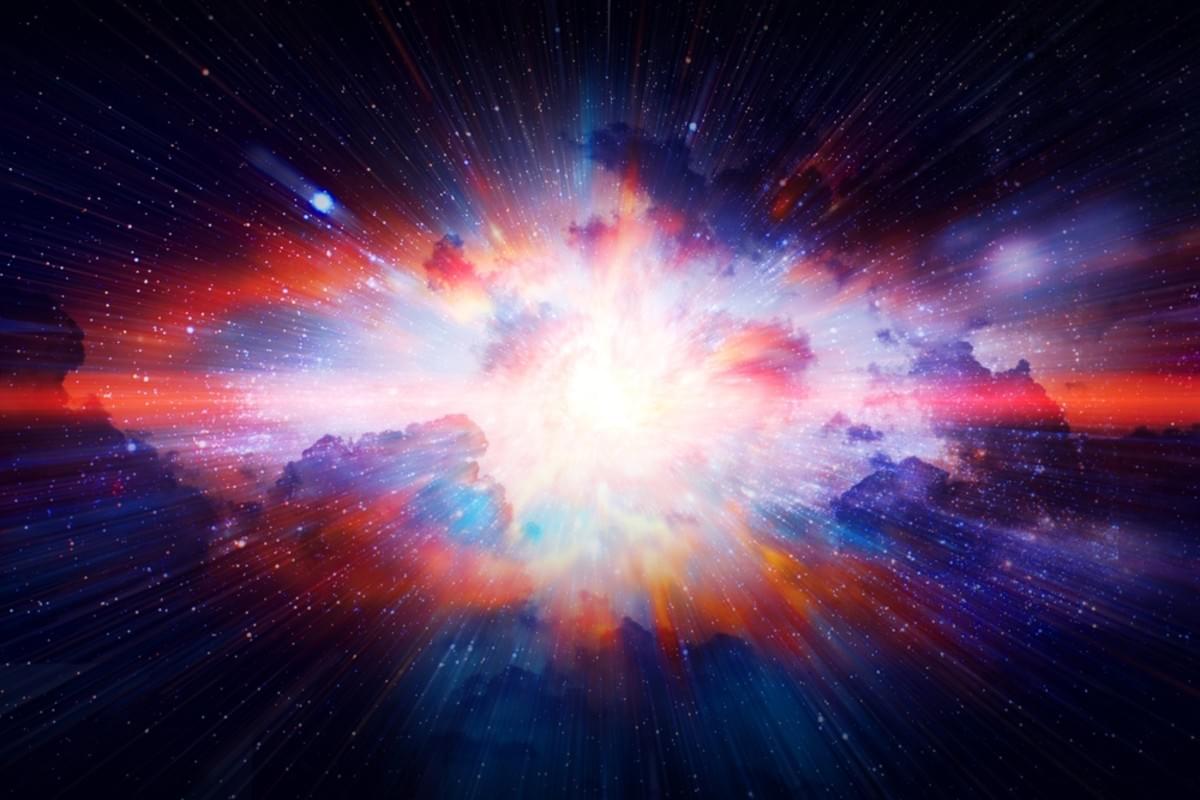
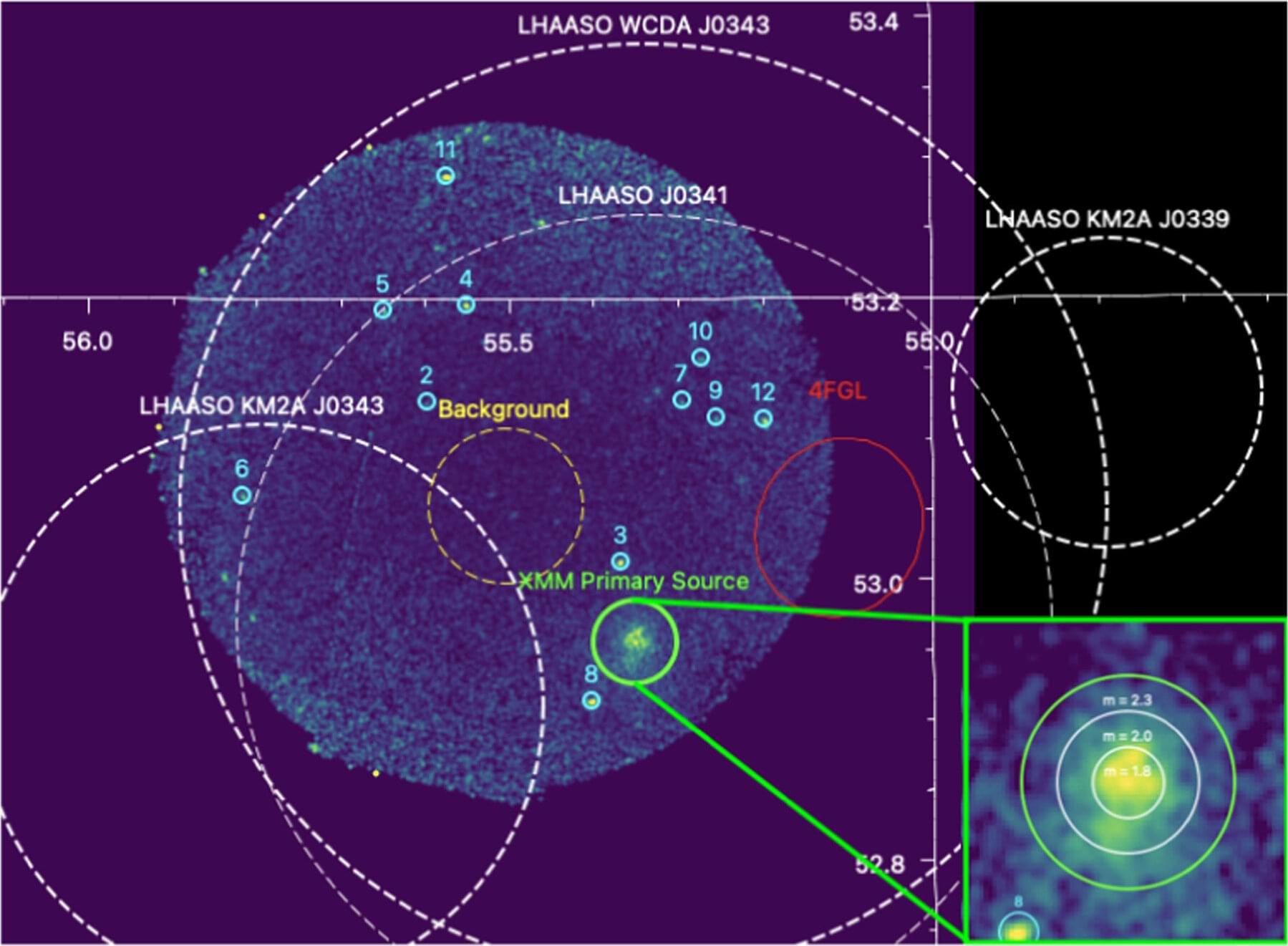
New research published by Michigan State University astrophysicists could help scientists answer a century-old question: Where did galactic cosmic rays come from?
Cosmic rays—high-energy particles moving close to the speed of light—originated from somewhere in the Milky Way galaxy and beyond, but exactly where has been a mystery since they were discovered in 1912. Shuo Zhang, MSU assistant professor of physics and astronomy, and her group led two studies that shed new light on where cosmic rays might have come from. The recently published findings were presented at the 246th meeting of the American Astronomical Society in Anchorage, Alaska.
The sources of these high-energy, fast-moving particles could bear the nature of black holes, supernova remnants and star-forming regions. These extreme astrophysical events are also known to produce neutrinos—tiny, nearly massless particles that are found in abundance not only deep in space, but also on our planet.
Stephen Wolfram joins Brian Greene to explore the computational basis of space, time, general relativity, quantum mechanics, and reality itself.
This program is part of the Big Ideas series, supported by the John Templeton Foundation.
Participant: Stephen Wolfram.
Moderator: Brian Greene.
0:00:00 — Introduction.
01:23 — Unifying Fundamental Science with Advanced Mathematical Software.
13:21 — Is It Possible to Prove a System’s Computational Reducibility?
24:30 — Uncovering Einstein’s Equations Through Software Models.
37:00 — Is connecting space and time a mistake?
49:15 — Generating Quantum Mechanics Through a Mathematical Network.
01:06:40 — Can Graph Theory Create a Black Hole?
01:14:47 — The Computational Limits of Being an Observer.
01:25:54 — The Elusive Nature of Particles in Quantum Field Theory.
01:37:45 — Is Mass a Discoverable Concept Within Graph Space?
01:48:50 — The Mystery of the Number Three: Why Do We Have Three Spatial Dimensions?
01:59:15 — Unraveling the Mystery of Hawking Radiation.
02:10:15 — Could You Ever Imagine a Different Career Path?
02:16:45 — Credits.
VISIT our Website: http://www.worldsciencefestival.com.
FOLLOW us on Social Media:
Facebook: / worldsciencefestival.
Twitter: / worldscifest.
Instagram: https://www.instagram.com/worldscifest/
TikTok: https://www.tiktok.com/@worldscifest.
LinkedIn: https://www.linkedin.com/company/world-science-festival.
#worldsciencefestival #briangreene #cosmology #astrophysics
Does the use of computer models in physics change the way we see the universe? How far reaching are the implications of computation irreducibility? Are observer limitations key to the way we conceive the laws of physics?
In this episode we have the difficult yet beautiful topic of trying to model complex systems like nature and the universe computationally to get into; and how beyond a low level of complexity all systems, seem to become equally unpredictable. We have a whole episode in this series on Complexity Theory in biology and nature, but today we’re going to be taking a more physics and computational slant.
Another key element to this episode is Observer Theory, because we have to take into account the perceptual limitations of our species’ context and perspective, if we want to understand how the laws of physics that we’ve worked out from our environment, are not and cannot be fixed and universal but rather will always be perspective bound, within a multitude of alternative branches of possible reality with alternative possible computational rules. We’ll then connect this multi-computational approach to a reinterpretation of Entropy and the 2nd law of thermodynamics.
The fact that my guest has been building on these ideas for over 40 years, creating computer language and AI solutions, to map his deep theories of computational physics, makes him the ideal guest to help us unpack this topic. He is physicist, computer scientist and tech entrepreneur Stephen Wolfram. In 1987 he left academia at Caltech and Princeton behind and devoted himself to his computer science intuitions at his company Wolfram Research. He’s published many blog articles about his ideas, and written many influential books including “A New kind of Science”, and more recently “A Project to Find the Fundamental Theory of Physics”, and “Computer Modelling and Simulation of Dynamic Systems”, and just out in 2023 “The Second Law” about the mystery of Entropy.
One of the most wonderful things about Stephen Wolfram is that, despite his visionary insight into reality, he really loves to be ‘in the moment’ with his thinking, engaging in socratic dialogue, staying open to perspectives other than his own and allowing his old ideas to be updated if something comes up that contradicts them; and given how quickly the fields of physics and computer science are evolving I think his humility and conceptual flexibility gives us a fine example of how we should update how we do science as we go.
What we discuss:
00:00 Intro.
07:45 The history of scientific models of reality: structural, mathematical and computational.
14:40 Late 2010’s: a shift to computational models of systems.
20:20 The Principle of Computational Equivalence (PCE)
24:45 Computational Irreducibility — the process that means you can’t predict the outcome in advance.
27:50 The importance of the passage of time to Consciousness.
28:45 Irreducibility and the limits of science.
33:30 Godel’s Incompleteness Theorem meets Computational Irreducibility.
42:20 Observer Theory and the Wolfram Physics Project.
45:30 Modelling the relations between discrete units of Space: Hypergraphs.
47:30 The progress of time is the computational process that is updating the network of relations.
50:30 We ’make’ space.
51:30 Branchial Space — different quantum histories of the world, branching and merging.
54:30 We perceive space and matter to be continuous because we’re very big compared to the discrete elements.
56:30 Branchial Space VS Many Worlds interpretation.
58:50 Rulial Space: All possible rules of all possible interconnected branches.
01:07:30 Wolfram Language bridges human thinking about their perspective with what is computationally possible.
01:11:00 Computational Intelligence is everywhere in the universe. e.g. the weather.
01:19:30 The Measurement problem of QM meets computational irreducibility and observer theory.
01:20:30 Entanglement explained — common ancestors in branchial space.
01:32:40 Inviting Stephen back for a separate episode on AI safety, safety solutions and applications for science, as we did’t have time.
01:37:30 At the molecular level the laws of physics are reversible.
01:40:30 What looks random to us in entropy is actually full of the data.
01:45:30 Entropy defined in computational terms.
01:50:30 If we ever overcame our finite minds, there would be no coherent concept of existence.
01:51:30 Parallels between modern physics and ancient eastern mysticism and cosmology.
01:55:30 Reductionism in an irreducible world: saying a lot from very little input.
References:
“The Second Law: Resolving the Mystery of the Second Law of Thermodynamics”, Stephen Wolfram.
“A New Kind of Science”, Stephen Wolfram.
Observer Theory article, Stephen Wolfram.
Neil deGrasse Tyson breaks down intriguing new evidence along with other curious parallels that could point to the universe being inside a black hole. Is the edge of our universe an event horizon on a black hole in some other universe?
Timestamps:
00:00 — What is a Black Hole?
1:26 — Mass of the Universe vs. A Black Hole This Size.
2:36 — The Net Rotation of the Universe.
5:55 — What This Means.
6:48 — Closing.
Check out our second channel, @StarTalkPlus.
Get the NEW StarTalk book, ‘To Infinity and Beyond: A Journey of Cosmic Discovery’ on Amazon: https://amzn.to/3PL0NFn.
Support us on Patreon: https://www.patreon.com/startalkradio.
FOLLOW or SUBSCRIBE to StarTalk:
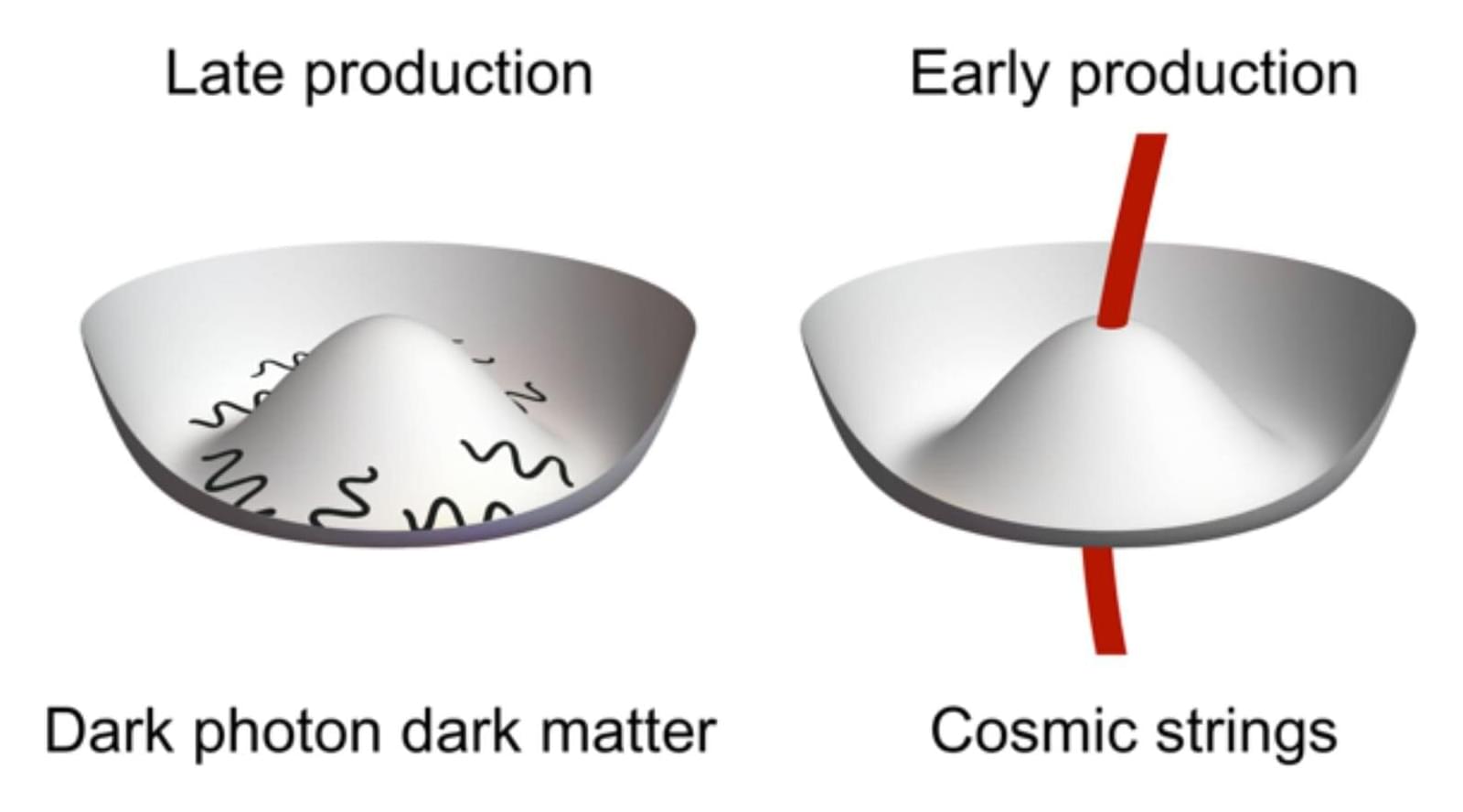
Researchers, in a recent Physical Review Letters paper, introduce a new mechanism that may finally allow ultralight dark photons to be considered serious candidates for dark matter, with promising implications for detection efforts.
Around 85% of all matter is believed to be dark matter, yet this elusive substance continues to puzzle scientists because it cannot be observed directly.
One of the candidates for dark matter particles is dark photons. These hypothetical particles are similar to regular photons but have mass and interact only weakly with normal matter.
